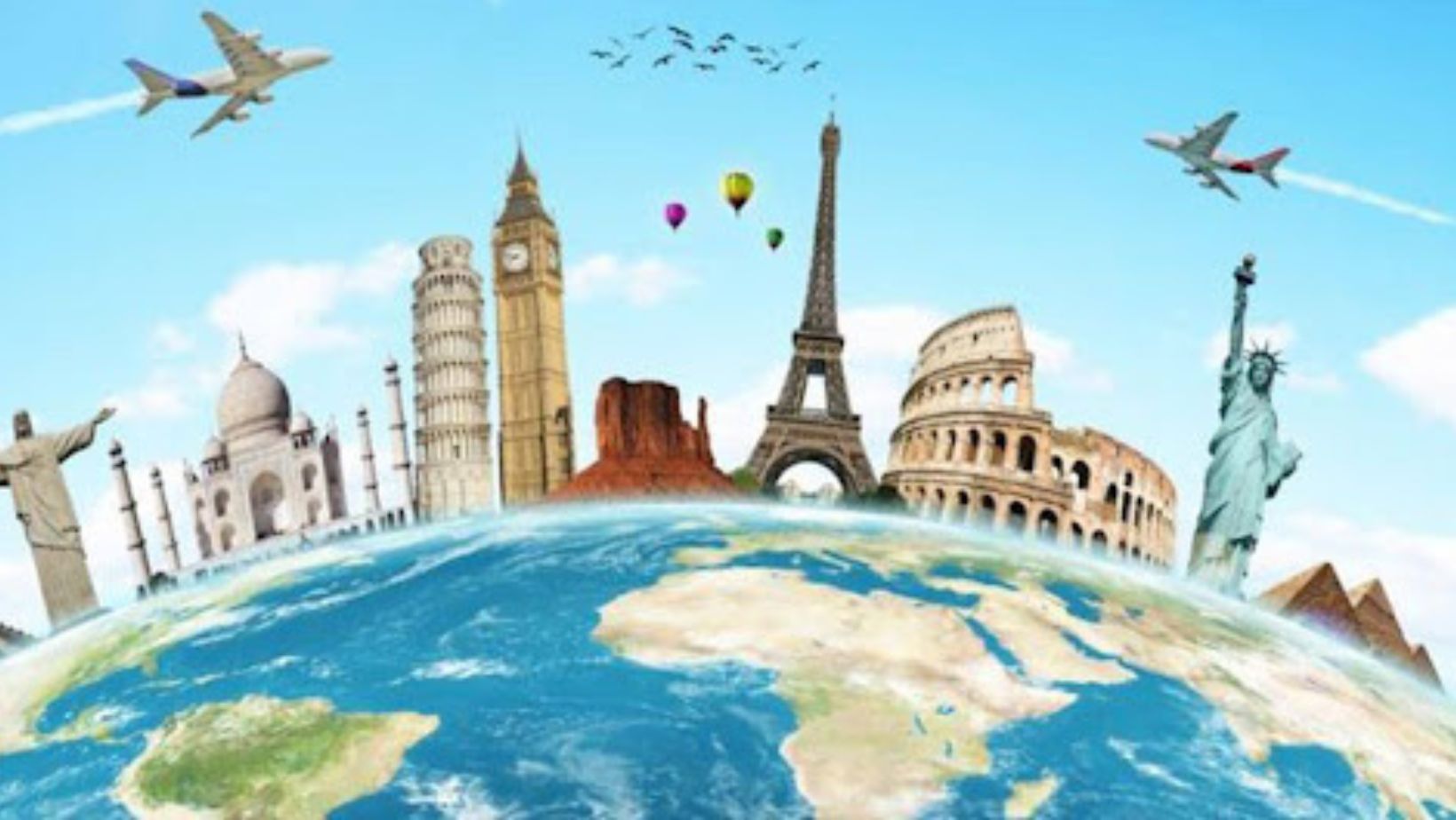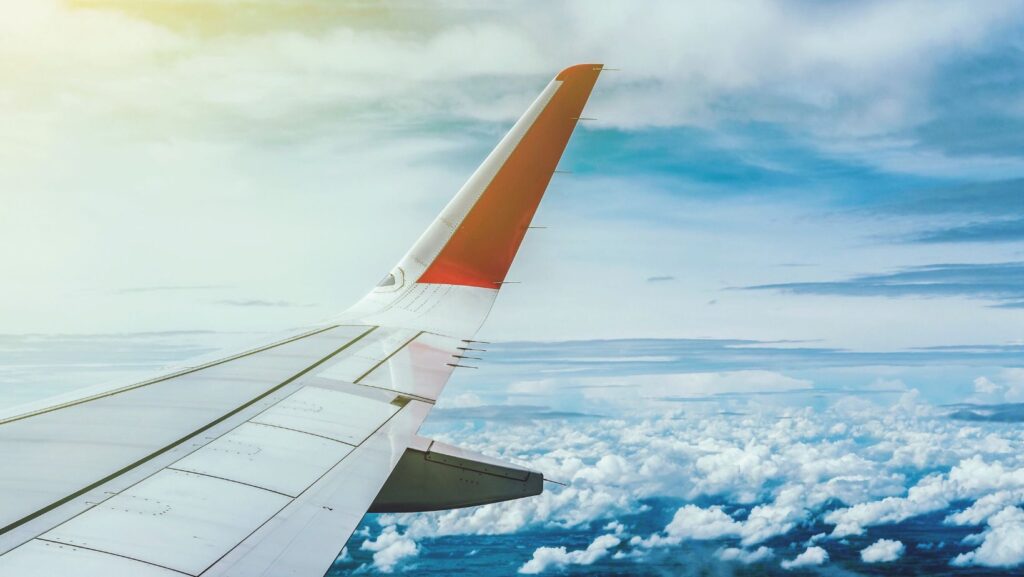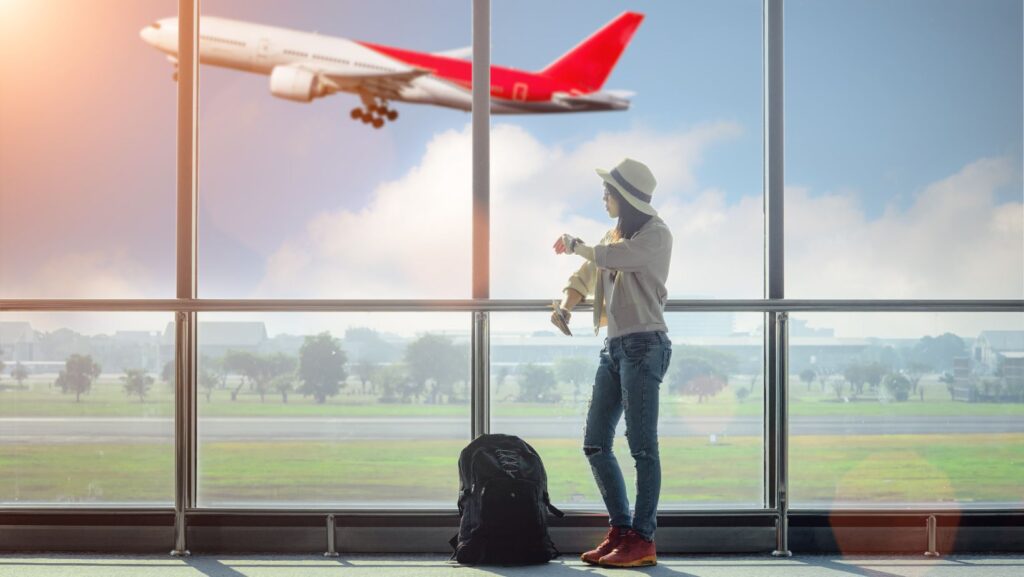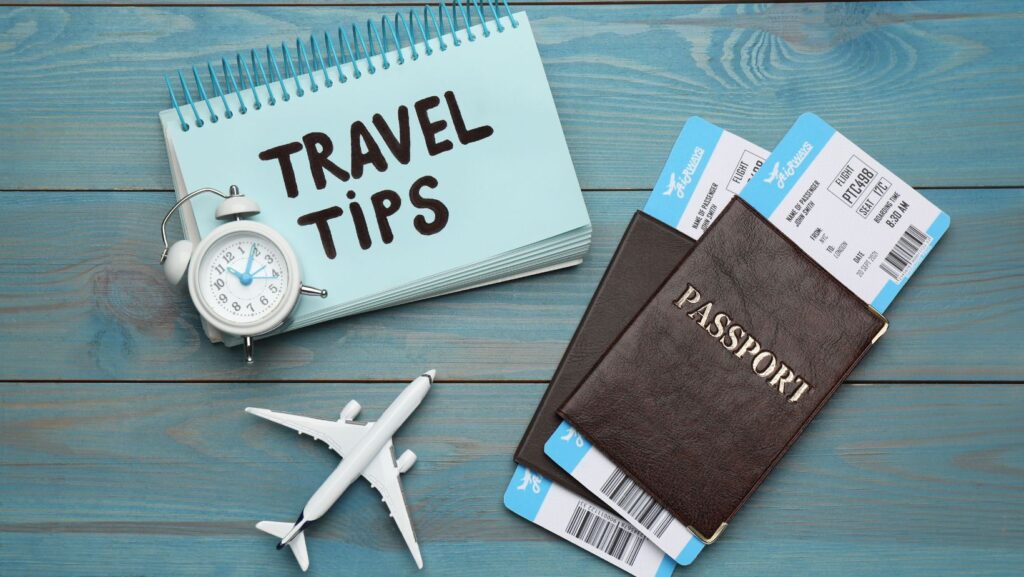Altitude Illusions
Back in 2008, I was sipping Krug in a Singapore Airlines first-class suite, 35,000 feet over the Indian Ocean. The cabin felt like a private apartment: mahogany finishes, silk pillows, a chef in pressed whites.
But somewhere between the foie gras and the tiramisu, a thought hit me — comfort at altitude doesn’t always equal value on the ground.
After a decade of flying everything from Soviet-era Tupolevs to Emirates’ shower suites, I’ve realized the truth: the gap between business and first class has never been thinner.
“Trust me, crossing that border at midnight taught me more than a guidebook ever could — and flying first taught me less about luxury than about ego.”
How the Sky Got Crowded with Luxury
In the early 2000s, first class was royalty; business class was just economy with a tie. Fast forward, and the revolution came at 30,000 feet.
Business class evolved into what first once was — lie-flat pods, sliding doors, tasting-menu dining. First class? Now it’s the endangered species of aviation.
Airlines like British Airways and Air New Zealand phased it out; United and Delta don’t even bother.
So what’s left? A whisper of exclusivity — six suites instead of sixty seats. A door that closes. Dom instead of Moët.
Luxury, these days, is less about service and more about scarcity.

The Comfort Equation: Inches vs. Instinct
Business Class:
Expect 75–80 inches of lie-flat space, high-thread bedding, chef-curated meals, and solid lounge access. On carriers like Qatar or ANA, it’s near perfection — sleep, sip, land ready.
First Class:
Add maybe 10 inches, better champagne, designer pajamas, and a name-remembering crew who treat you like visiting royalty.
The irony? I’ve had warmer service in JAL business than Lufthansa first. Comfort is measurable; hospitality is human.
“Airlines sell serenity to people who already have it.”
Value at 35,000 Feet
First-class fares can be triple the business price. A New York–Dubai ticket? $14,000 in first, $5,000 in business.
Does that $9,000 buy three times the rest or three hours of bragging rights?
Mileage math favors business. Redemption value is better, flexibility higher, and comfort—95% identical.
Many of us would rather invest the difference in the next adventure — maybe Antarctica, maybe Addis Ababa.
Value isn’t about the champagne label. It’s about how you feel when you land.
travelbusinessclass The Smart Traveler’s Sweet Spot
For frequent flyers, the travelbusinessclass experience hits the perfect midpoint between privilege and practicality.
Modern business class offers the full sensory palette: privacy doors, restaurant-grade cuisine, designer amenity kits.
Qatar’s Qsuite and Air France’s La Suite are practically airborne penthouses.
You can work, sleep, or dream in silence — and wake up without that “I paid too much for this” hangover.
The Psychology of Prestige
Luxury air travel is largely a head game.
First class flatters ego. It whispers exclusivity through its subdued lighting and monogrammed sleepwear.
The boarding agent greets you by name, and for a fleeting moment, you feel like the world bends around your itinerary.
But true luxury? That’s freedom — not doors or designer cutlery.
Freedom to choose when to fly, what to skip, and how to redirect those dollars toward real experience.
Because the stories worth telling rarely start with, “I flew first class.”
The Great Cabin Convergence
Business class is the new first.
Airlines are funneling millions into next-gen seats: fully-enclosed pods, à la carte dining, and noise-canceling everything.
First class, meanwhile, survives only on ultra-luxury routes — Emirates, Singapore, ANA, Cathay Pacific.
Within a decade, the “First” label may be more marketing myth than product reality.
The real win? Luxury’s democratization. A comfort once reserved for the few now belongs to any traveler savvy enough to play the points game right.
The Final Boarding Call
If cash isn’t a concern, sure — order the caviar, stretch your legs, toast the view.
But if you’re measuring comfort and value, business class is the altitude sweet spot — high on ease, light on excess.
After 100 countries, dozens of border crossings, and enough red-eyes to fill a lifetime, here’s my takeaway:
The best seat in the sky is the one that gets you where you’re going with enough energy to explore when you land.
No champagne can compete with that.
“Freedom, not excess, is the true first class.”
Practical Takeaways for Smart Travelers
- Seat Selection: Choose bulkhead or window pods for maximum privacy.
- Booking Tip: Use miles or credit-card portals for 2-for-1 business redemptions.
- Lounge Strategy: Skip crowded airline lounges — find independent options with better food.
- Sleep Kit: Bring your own eye mask and noise-canceling headphones — even in business, rest is earned.
- Upgrade Philosophy: If it’s under $600 difference on a 7+ hour flight, go for business. Anything more? Book business, invest the rest in your next journey.
In the End
Luxury is fleeting; travel is eternal.
When you’ve watched the sun rise over three continents in one week, the size of your seat matters less than the stories you’re collecting.
And that’s the ultimate upgrade.




